Reducing poverty demands fairer wealth distribution
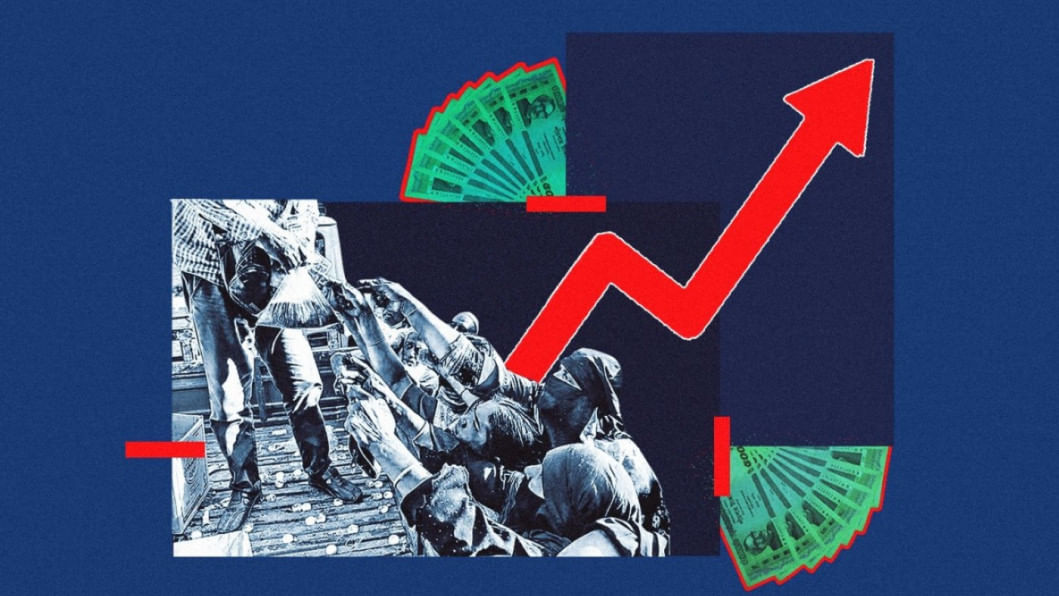
The International Day for the Eradication of Poverty is observed every year on October 17. It reminds us that, despite significant progress over the years, many people still live in poverty. For Bangladesh, the day resonates deeply. This is a country that once symbolised the triumph of human resilience over adversity, where poverty rates fell sharply and growth stories dazzled. But today, a sobering truth has come to light: poverty is not just persisting, it is reversing.
Recent data and analyses show that more than one in four Bangladeshis now live below the national poverty line. This is not a statistical hiccup but a signal that millions who had once climbed out of poverty are slipping back in. What used to be a story of constant decline is now a story of weak progress. In fact, the progress in reducing poverty has slowed down over the past decade. Recent data also suggest a risk of a rise in poverty. To put it another way, the gains that once seemed secure are now in danger.
The fragility of progress
Bangladesh's success in reducing poverty since the 1990s was a global case study. The combination of a booming garment industry, remittance flows, microfinance, rural infrastructural development, and rural nonfarm growth lifted millions from destitution. Evidently, this success was built on shaky ground.
The decade-long phase of "jobless growth," weak structural transformation, dominance of crony capitalism, widening inequality, the pandemic, inflationary shocks, and climate change exposed the fragility of Bangladesh's success. Many households that managed to rise above the poverty line did so only slightly. One illness, flood, or job loss could easily push them back into hardship, implying that Bangladesh's challenge today is not simply about reducing poverty but preventing its return. Growth has not been inclusive enough, wages have not kept pace with prices, and new forms of vulnerability—especially urban and climate-induced—are reshaping the map of deprivation.
The ready-made garment industry is the backbone of the economy. It hires more than four million people, most of whom are women. But, even after the most recent pay raises, many workers' monthly income is barely enough to stay above the poverty line in an economy with high inflation. This shows that there is a bigger problem with the economy's structure: it creates jobs but not necessarily ways to make a living. From this perspective, Bangladesh's poverty reversal is not a temporary setback but a symptom of an incomplete transformation.
Understanding new poverty
It is time we acknowledge that poverty in Bangladesh has changed its face. It is no longer confined only to rural isolation or food scarcity. It now hides in the urban slums of Dhaka and Chattogram, in underpaid service work, and in the vulnerabilities of the climate frontier. The poor today are not only those without income: they are also those without protection, digital access, and a voice.
This necessitates a comprehensive understanding of poverty. Income alone cannot fully reflect deprivation in education, health, sanitation, housing, and resilience. Using a Multidimensional Poverty Index (MPI) at the district or subdistrict level could help figure out who the poor are and what is keeping them from getting ahead. A woman could have a job but not have childcare or social insurance. A family could at least manage food, but not have safe water or proper education, or healthcare. Policies will stay blind to the new face of poverty until they take these differences into account.
Empowerment through social protection
Bangladesh spends less than 2.5 percent of its GDP on social protection, excluding pensions—one of the lowest in South Asia. That number must be increased, but efficiency also needs to be ensured by streamlining overlapping programmes, digitising databases, and linking funds to measurable results.
Over the years, Bangladesh's social protection system has expanded to include cash transfers, food-for-work programmes, and old-age allowances, preventing a good number of people from becoming impoverished and helping them weather shocks. The next generation of social protection must move beyond handouts toward empowerment.
This means introducing universal social insurance systems, so that workers, even in informal sectors, are protected from job loss, illness, or workplace injury. The pilot programme for Employment Injury Insurance (EII) in the garment industry is a good start. If expanded nationwide, such schemes could redefine resilience in Bangladesh's labour market. In short, social protection should not only help poor people get by; it should also help them get out of poverty permanently.
Revitalising rural transformation
Agriculture has long been the backbone of Bangladesh's poverty reduction. But small farmers now face a triple threat: climate stress, shrinking landholdings, and market volatility. Subsidies and short-term relief can't solve these problems. Small farmers need effective access to land through land reform and a climate-smart rural transformation, a strategy that integrates technology, green finance, and rural industrialisation.
Solar-powered irrigation, digital extension services, and e-commerce platforms that connect farms to markets can help the environment while increasing farm productivity. At the same time, processing plants and storage systems in villages can add more value, creating jobs that keep young people from having to leave. In other words, the economy in rural areas needs to change from survival farming to opportunity farming.
Addressing the urban blind spot
Urban poverty is the silent crisis of Bangladesh's development story. Millions live in informal settlements without secure tenure, health coverage, or social services. Yet, policy remains overwhelmingly rural-focused. Cities need a dedicated poverty strategy with affordable housing, health insurance for informal workers, public childcare for working women, and skill-linked employment programmes.
Upgrading slums is not just a matter of infrastructure; it's about restoring dignity and belonging. Secure land rights, participatory urban planning, and better access to municipal services can transform these settlements from zones of exclusion into hubs of opportunity.
Lessons from global models
Around the world, countries have experimented with various models to reduce poverty, all of which were adapted to the national political economy and institutional capacity. Three key models have emerged. The first is growth-led industrialisation and export expansion, which pulled hundreds of millions of people out of poverty, as illustrated by China in the 1980s and early 1990s. The second model is the redistribution of wealth through welfare, for example, in the form of conditional cash transfers. The model has been used in Latin America, such as Bolsa Família in Brazil or Prospera in Mexico. The third model, now receiving more attention, is shared growth—fast economic development fuelled by significant investment in health, education, and social protection and skills. Vietnam, Thailand, and Malaysia are among the countries that have implemented this method. For instance, Vietnam's success wasn't just because of growth. It was also because of agricultural reform, industrialisation in rural areas, universal education, and a strong commitment to fairness.
For Bangladesh, the lesson is clear: growth alone is not enough. It needs policies that support equitable access to education, healthcare, and technology, as well as policies that create more decent jobs and strengthen social insurance. Additionally, addressing serious governance failures that exacerbate crony capitalism and perpetuate inequality is crucial. In other words, the next phase of poverty reduction must focus not only on how fast the economy grows but also on how fairly its benefits are shared.
A moral and political calling
Ending poverty isn't just an economic goal; it's also a moral and political one. Justice and dignity were the founding ideals of Bangladesh. From this perspective, the fight against poverty is a fight to keep that promise.
The recent rise in poverty is both a warning and a chance. It reminds us that progress can go wrong if it's not fair, long-lasting, and open to everyone. It asks politicians, businesses, and regular people to look beyond quick fixes and work toward long-term change.
Bangladesh must face an uncomfortable truth on the International Day for the Eradication of Poverty: old strategies are no longer enough. The next frontier of poverty reduction lies not in charity, but in creativity; not in slogans, but in systems that protect, empower, and include. Bangladesh can only turn things around again if this is done. Poverty will then be not just rarer, but impossible to return to.
Dr Selim Raihan is professor in the Department of Economics at Dhaka University, and executive director at the South Asian Network on Economic Modeling (SANEM). He can be reached at [email protected].
Views expressed in this article are the author's own.
Follow The Daily Star Opinion on Facebook for the latest opinions, commentaries and analyses by experts and professionals. To contribute your article or letter to The Daily Star Opinion, see our guidelines for submission.
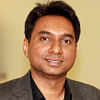
 For all latest news, follow The Daily Star's Google News channel.
For all latest news, follow The Daily Star's Google News channel. 







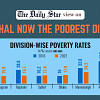
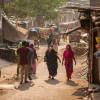

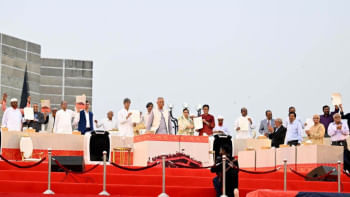
Comments